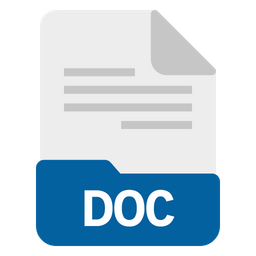Perancangan Aplikasi Pembelajaran Ekspesi Matematika Dengan Metode Stack Menggunakan Delphi 2010
Abstract
Long mathematical expressions may make it difficult to divert them. In the data structure, the stages of completion of a mathematical expression can be represented in the form of a stack and a binary tree. In this case the author will use the stack work to complete a mathematical expression and use Embarcadero Delphi 2010 as the programming language. In real life, humans are more familiar with mathematical expressions of infix notation than other notations. Unlike the process inside the computer, in completing the calculation does not use the form of infix notation, but using prefix and postfix notation. In prefix and postfix notation there will be no brackets and the hierarchy on the operator is invalid, so the reading time is faster. The world of education requires a learning tool that can simplify the learning process, one of which is the application of teaching tools. Design of Learning Mathematical Ekpresi Application With Stack Method is designed to facilitate the learning and management and calculation of mathematical expressions. By using the stack work system, this application converts the mathematical expressions commonly used by human infix notation into the mathematical expressions commonly used by computers ie prefix and postfix notation and evaluate the results. This unlimited application only executes operands with a single character operand, but is also capable of executing operands with characters longer than one character. Model of software design approach used is waterfall model. Design and implementation for Application Design Learning Mathematical Expression is focused on one module that is the conversion process and calculation of mathematical expression. At the end of the thesis, evaluated the process and product of software development.
Keywords : Mathematical Expression, Stack Method, Infix, Prefix, Postfix.


